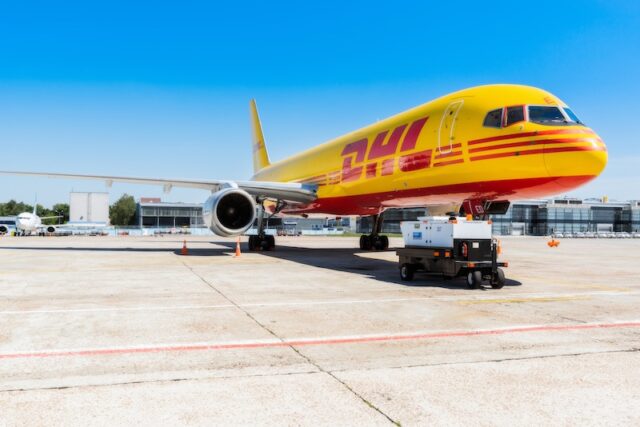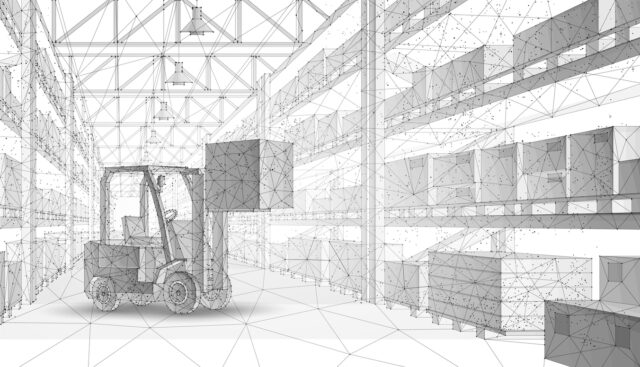The current climate of ongoing supply chain disruptions is showing little signs of dissipating. Rising costs, extreme weather, and geopolitical tensions have placed nearshoring at the top of the agenda for many supply chain leaders.
Hoping to mitigate the risks posed by more complex, geographically distributed supply chains, companies are starting the process of shifting resource extraction, production, manufacturing, and other critical elements of their value chain closer to home.
Nearshoring is a global project
Increasingly, manufacturers in the US are “evaluating nearshoring opportunities for their supply chain,” observes Mike Short, President of Global Forwarding, at the US’ largest freight handler C.H. Robinson. “Many are looking to mitigate risks from macroeconomic factors that have historically driven instability in shipping conditions.”
At the same time, however, these companies still want to preserve the financial benefits that pulled their business overseas in the first place.
As a result industrialised nations are looking at their nearest, most economically developed neighbours to find the right balance of manufacturing capabilities, favourable exchange rates, and nonexistent worker protections to provide a cheap supply of labour. In the US, for example, companies are looking South rather than West across the Pacific to China.
According to Propel Software CMO Dario Ambrosini, 2024 will be the year that “Mexico becomes the new China.” He adds: “Mexico has reached an inflection point on high value-added manufacturing capabilities for industries such as aerospace, medical device, automotive, consumer products, and textiles.”
However, while nearshoring efforts in North America have a readily available destination in the form of Mexico, Europe is struggling with a series of complex dilemmas.
Europe’s nearshoring problem
Manufacturers in Europe recognise the need to shift production closer to come just like their contemporaries in APAC and North America. However, while they are aware of the imperative, “making that a reality presents practical difficulties,” explains Carlos Cordon, a Professor of Strategy and Supply Chain Management at the IMD Business School.
While Mexico offers an “obvious low-cost base in close proximity to the all-important US market,” Cordon explains that in Europe, by contrast, “picking the right site for a new plant is less clear-cut.” Cordon highlights high labour costs in more developed markets, as well as “geopolitical uncertainties” in the peripheral regions where costs remain attractively low.
“In Eastern Europe, the shadow of the Ukraine crisis looms large. In Turkey, political risk continues to rise, and inflation is out of control. North African markets are fraught with difficulties, too,” he notes.
With a mixture of lower costs and a decent manufacturing base, Portugal and Poland are both set to capture a sizable amount of new business from European manufacturers. Both countries are working hard to attract new foreign investment, and their economies could see significant upticks in the next few years as a result.
Nevertheless, Cordon cautions that “what appear to be obvious solutions have hidden pitfalls that are only brought to light as market dynamics shift in unprecedented ways, suggesting that there will be an element of gambling and a requirement to accept trade-offs.”
- Collaboration & Optimization
- Sourcing & Procurement










